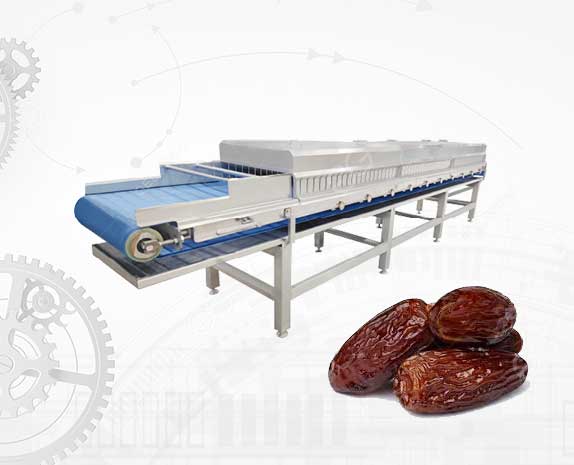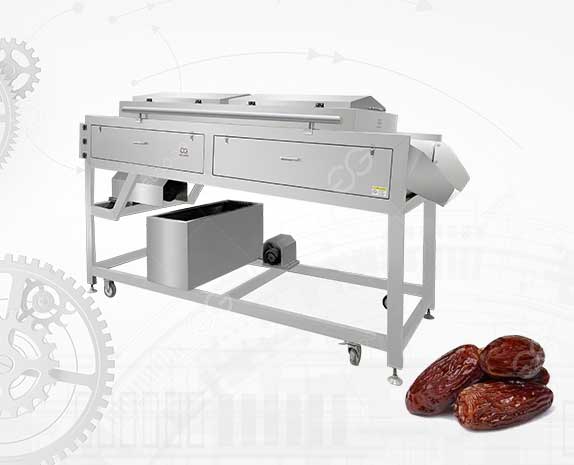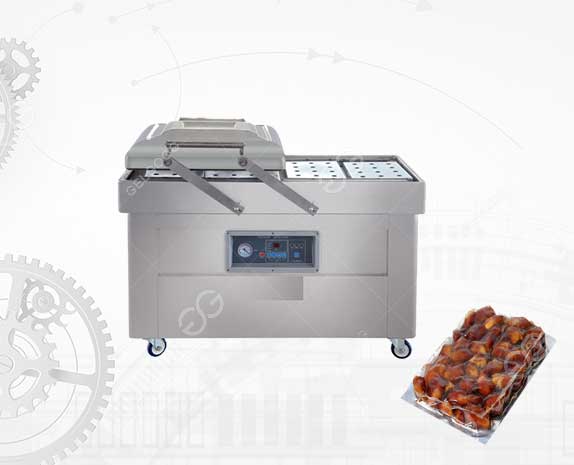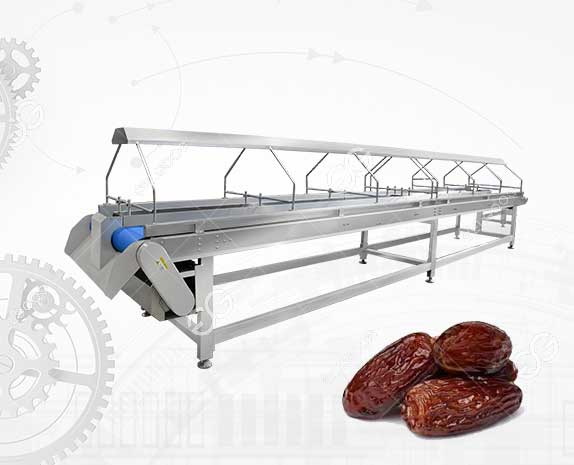Dates, those sweet and succulent fruits, have been cherished for centuries not only for their delightful taste but also for their numerous health benefits. Harvesting and processing dates involve a series of steps that ensure their quality, flavor, and shelf-life. Let's dive into the fascinating journey of date palm processing!
Step 1: Harvesting
The process begins with harvesting the ripe dates. Harvest time varies depending on the variety and location, but generally occurs between late summer and early fall. Harvesters carefully climb the palm trees and hand-pick the clusters of dates, ensuring they are at their peak ripeness.
Step 2: Cleaning and Sorting
Once harvested, the dates undergo cleaning and sorting. This involves removing any debris, leaves, or stems that may be attached to the fruits. Additionally, the dates are sorted based on size, color, and quality to ensure uniformity in the final product.
Step 3: Washing and Sanitizing
After sorting, the dates are washed thoroughly to remove any remaining impurities. This step is crucial for maintaining hygiene and preventing contamination during processing. Some facilities also use sanitizing solutions to further ensure the cleanliness of the fruits.
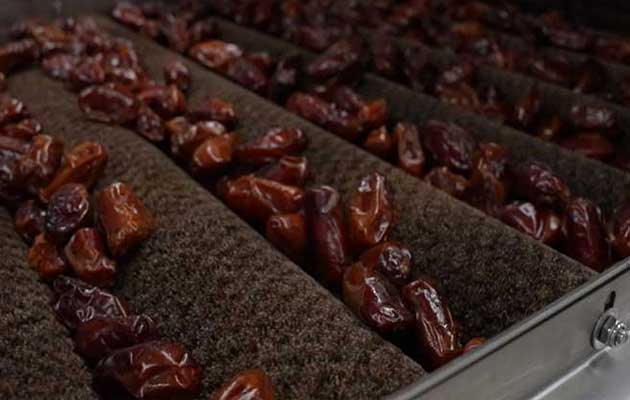
Step 4: Conditioning
Conditioning is a critical step in date palm processing, especially for semi-dry and dry varieties. Dates are placed in temperature and humidity-controlled rooms for a certain period to allow them to ripen further and develop their characteristic flavor and texture.
Step 5: Dehydration
For varieties of dates that are typically consumed in their dried form, such as Deglet Noor and Medjool, dehydration is the next step. Dates are carefully laid out on trays and placed in dehydrators or ovens where they are dried at controlled temperatures until they reach the desired moisture content.
Step 6: Packaging
Once dried, the dates are ready for packaging. They may be packaged whole, pitted, or chopped, depending on consumer preferences and intended use. Packaging materials should be chosen carefully to ensure the dates remain fresh and protected from moisture and air.
Step 7: Quality Control
Throughout the processing journey, quality control measures are implemented to maintain the integrity of the dates. Quality control involves regular inspections, sampling, and testing to ensure that the dates meet industry standards for taste, appearance, and safety.
Step 8: Storage and Distribution
After packaging, the dates are stored in warehouses or distribution centers until they are ready to be shipped to retailers or consumers. Proper storage conditions, including temperature and humidity control, are essential for preserving the quality and shelf-life of the dates.
Step 9: Enjoyment
The final step in the date palm processing journey is the most rewarding - enjoying the delicious fruits! Whether eaten on their own as a nutritious snack, incorporated into recipes for baked goods or savory dishes, or blended into smoothies and shakes, dates are a versatile and delightful addition to any diet.
In conclusion, the journey of dates processing line involves several meticulous steps that ensure the quality, flavor, and safety of these beloved fruits. From harvesting to packaging, each stage plays a crucial role in delivering dates that delight taste buds and nourish bodies. So, the next time you enjoy a sweet and chewy date, take a moment to appreciate the fascinating journey it has taken from the palm tree to your plate!

